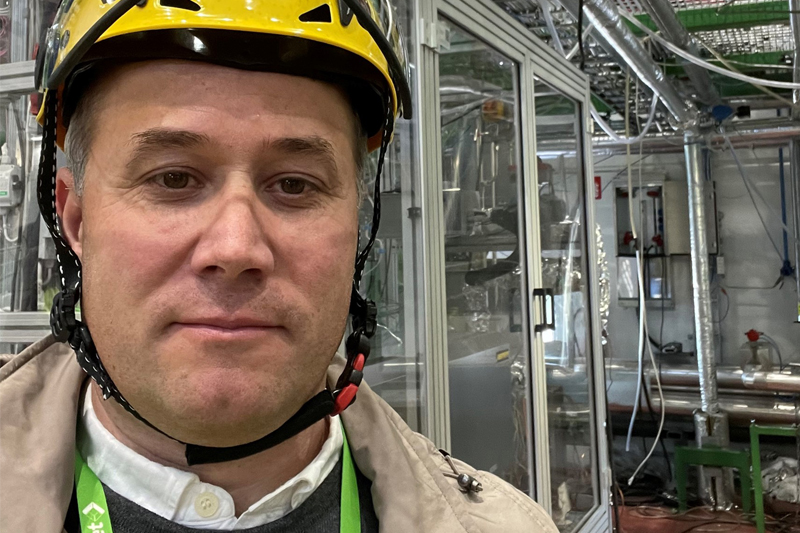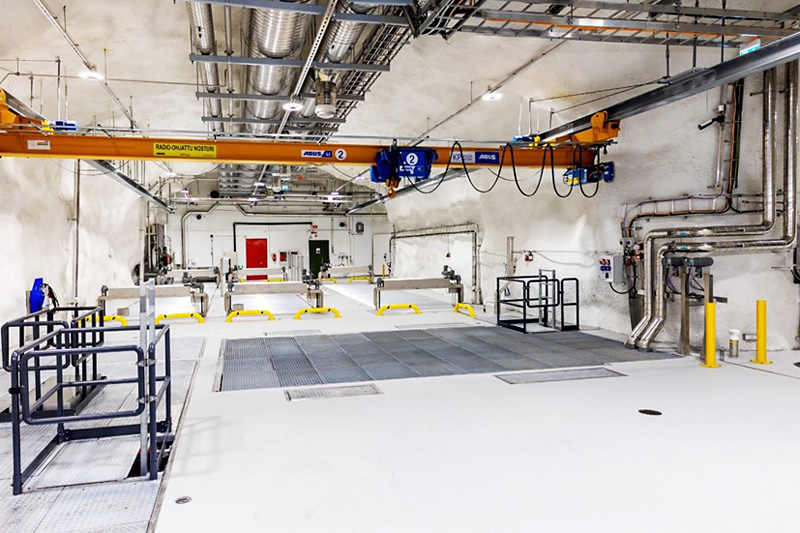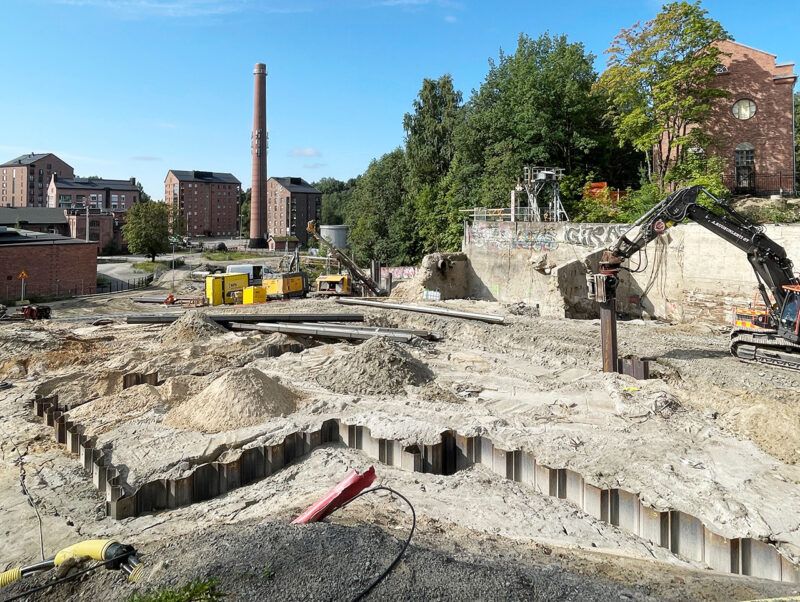Fimpec’s expert sees hydrogen as the key energy carrier

As the new green energy sources such as wind and water all need some kind of new way of distribution or storage form, to further function as fuel on ships or when transported over longer distances.
Fimpec’s leading expert in P2X, Raine Luomanen, paints a picture of hydrogen, as the new basic energy carrier, that will be transported in pipelines and converted into for example methanol, to be later used in ships or ammonia for storage or other use.
“We can already today see the beginnings of a Swedish/Finnish hydrogen network that will develop rapidly, and give both Nordic countries great opportunities as suppliers of green energy and its derivatives for the rest of Europe”.
Raine Luomanen, Fimpec’s Power 2 X expert sees hydrogen as a basic energy carrier that can be converted into novel energy products that best suits the situation, so called e-fuels.
We are talking about producing hydrogen out of excess or in the time cheaper electricity, storing it to be later turned back into electricity or refining it further into methanol for heavier transport such as ships, or ammonia for transporting and further products. Yes, hydrogen can even be used to mass produce edible protein via a single-celled bacterium, i.e. converted into energy-based food. And the food industry is already involved in financing this development.
– We in Sweden and Finland have a unique opportunity here. With all the potential hydro, solar and wind power in the Nordic regions, there is a tremendous potential for the export of green energy as Hydrogen to continental Europe. It will be a question of huge investments that will probably also tie Sweden and Finland closer together as energy suppliers. I usually compare hydrogen with pulp, which is the basic starting material for almost all different paper industry materials that we use in our everyday lives. And to some extent the analogy is similar as in the same way, hydrogen is the common denominator for much of the new green energy derivatives such as e-fuels, Raine comments.
– So far, the great uncertainty is where the prices for hydrogen will trade in the near future. When this future will be more “bankable”, many of the pieces and plans will fall into place. But there is a lot that drives this development. Major international shipyards have already started building ships with methanol engines, and it is also possible to convert existing fossil-fueled vessels to, for example, run on methanol, Raine continues. All this is driven by tough new legislation.
As an example, from the first of January this year, the EU’s ETS legislation began to impose an additional environmental tax on all ship transports with Co2 emissions. The tax will be gradually increased each year. It will be another big motivator for businesses to find green alternatives.
As of now the process is underway on both the Swedish and Finnish sides to build up a vast hydrogen network. Building permits are in hearing and the first stretches are planned to be completed in 2030, mainly in northern Sweden and Finland. In the mid-long term, they will be linked together, and form a hydrogen route to Central Europe, the sk. “Nordic-Baltic Hydrogen collector”. The process of building hydrogen plants in Finland has also begun, i.e. plants where green electricity is converted into hydrogen. By the time we get to 2030-35, there will be several in operation, which will result in hydrogen production on a large scale, and is required to achieve all the needed Co2 cuts.
In other parts of Europe, Germany, which has and will have a great need for green energy, is of course a huge potential customer for the Nordic countries. According to EUs calculations, Germany alone will need over 80 TWh of green energy in the form of hydrogen in the 2040s, while it is estimated that it can only produce some 20 TWh itself. The simultaneous dismantling of Russian fossil gas and local nuclear power has created a great need for these alternatives.
– I would like to say that Sweden and Finland will in the not-so-distant future have a so-called “Norway moment” as we can supply large parts of Europe with competitive green hydrogen energy. We are very fortunate up here in the north, with all the green energy potential that we have. In particular the areas around the Gulf of Bothnia will become a center for European green energy, and hydrogen is the form how this energy will be transported to distant users. Now it’s just a matter of finding financing and above all trained staff for everything that needs to be built, Raine concludes.
For more information
Raine Luomanen
Lead Consultant, Power2X
+358 44 7800 193
Raine.Luomanen(at)fimpec.com


